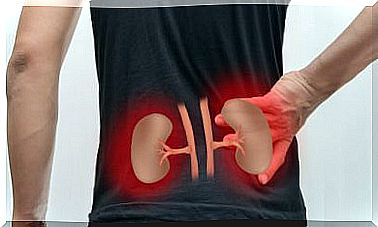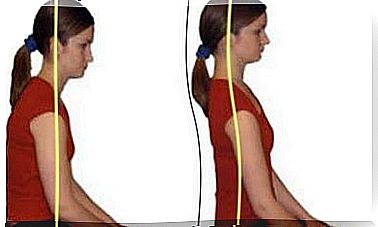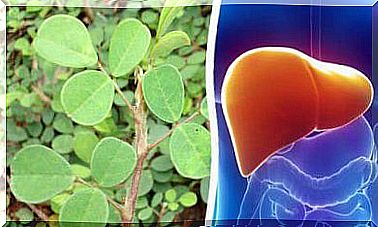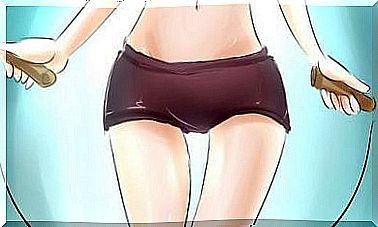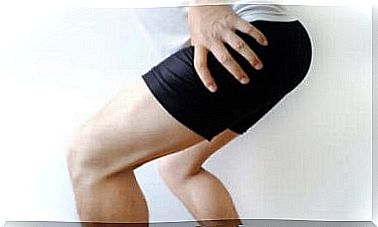Wound Healing – Learn The Basic Techniques For This Purpose
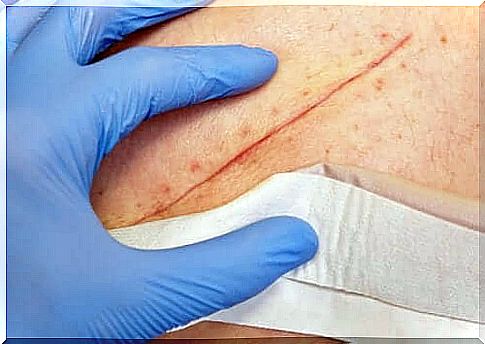
Basically, wounds are damage that can occur on the outer surface of our body. It can also be defined as a break in the anatomical continuity of the skin due to an external factor. Basic treatment of wounds is included in the first aid procedures. Depending on the characteristics of the wound, the medical team may or may not encourage closure.
If you want to know more about what wound healing looks like , read our today’s article!
Currently, one of the most widely used wound closure techniques is the use of sutures. There are many variants of this method and the physician of the appropriate specialization must select the variant most appropriate for the patient’s wound.
Wound classification and treatment
One of the properties that should be checked first is the cleanliness of the wound. On the one hand, clean lesions are usually fresh lesions that have not yet become contaminated or infected. On the other hand, dirty wounds may be days old, have more torn tissue and various debris, or contain foreign bodies.
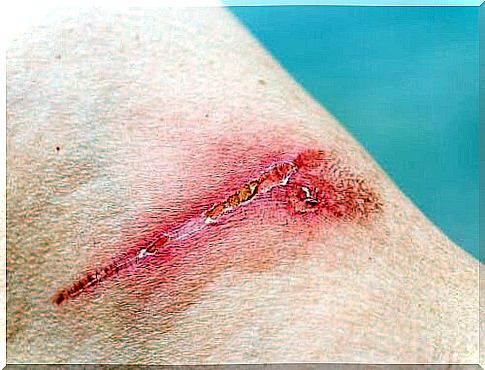
A further classification of wounds can be established based on the damaging factor or the cause of the injury (knife, firearm, etc.). Similarly, they can be distinguished according to their appearance, and it can also be taken into account whether the damage has also affected some deeper structures of the subcutaneous tissue.
Wound treatment should take into account the different stages of healing
Typically, the healing process of a wound follows a regeneration or healing regimen that includes the following steps:
- Inflammatory phase and clotting phase. It is also called the reaction phase and occurs in the first days after skin damage. The blood vessels dilate and their permeability increases. Thus, serous fluid seeps into the wound and leukocytes begin to form a protective layer (scab).
- The proliferation phase. Other names this phase gets are regeneration and granulation. It begins approximately 3 days after the injury and ends after another week or two. At the site of damage, lost collagen begins to be produced, and lymphatic and blood vessels regenerate.
- The maturation phase. This phase is also sometimes referred to as the wound remodeling stage. It begins a few weeks after suffering the damage, and ends even a few years later. Over this long period, the scar gradually diminishes in depth and size. Finally, the patient can only see a lighter colored spot where the injury occurred.
What does the correct wound treatment look like?
When any case is identified, a group of specialists must follow the generally accepted wound treatment procedure. In the event of an accident or emergency with other changes, this rescue team generally makes a priority list to determine the sequence of action.

First, the patient should receive adequate anesthesia to reduce discomfort with wound closure. They can be given locally or generally depending on the severity of the injury. To do this, the patient is injected with one or more drugs such as lidocaine.
After that, a group of specialists will carefully and gently remove the foreign objects in the wound area. For this purpose, the best selected instruments will be used, which must be properly sterilized beforehand. Later, a large amount of physiological serum should be applied to the site of skin damage to properly clean the wound.
Wound closure techniques
If necessary, in the next step the doctor will suture the wound to reunite the tissues that have lost their anatomical continuity during the injury. Depending on the characteristics of the lesion , the medical team will determine what type of suture should be used to close the wound. There are the following techniques:
- A dressing that closes the wound. It involves putting on a set of patch sections that keep the ends of the wound close together. In general, the patches will detach by themselves within a few days of being placed in place (especially if they get wet).
- The use of staples. They are small metal wires in the shape of staples that hold the wound and its edges closed to allow the tissue to heal and regenerate. They should then be removed using a special medical device.
- Placement of seams. There is a huge variety of sutures, knots, and thread types that specialists can use depending on the type of tissue damaged and the shape of the wound. This technique uses an appropriate needle to insert a seam across the entire extent of the wound.
